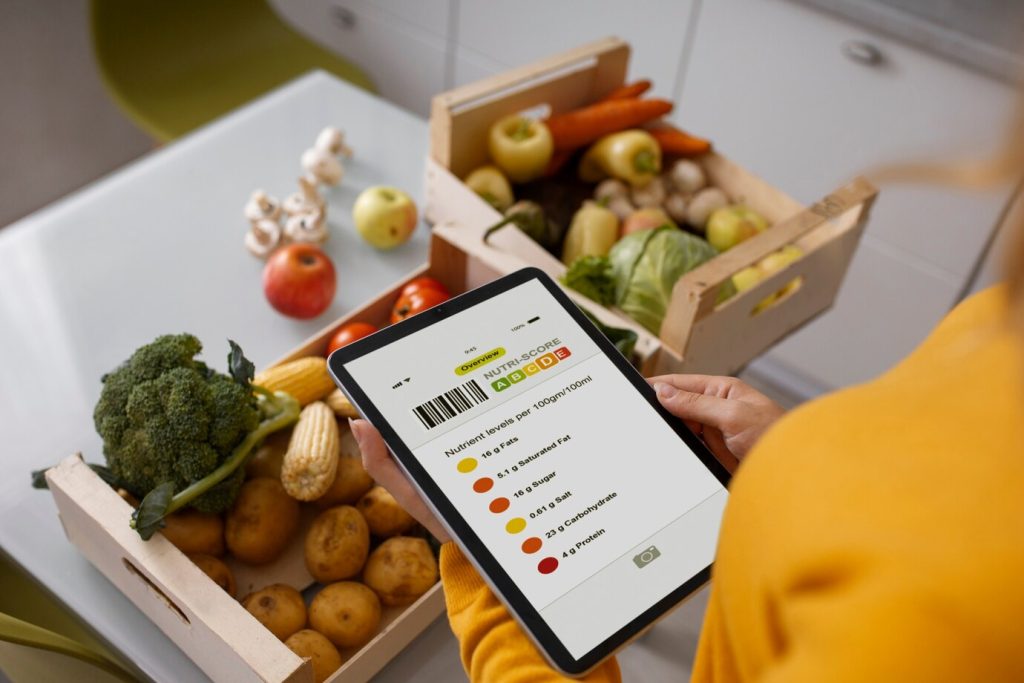From the moment a fruit or vegetable is harvested, a clock starts ticking.
Once a piece of produce has been cut from its plant, it’s also cut off from its source of nutrients. The ensuing supply chain—including postharvest handling, packaging, transportation, and storage—can only maintain the level of quality that fruit or vegetable had when it was picked. To delay that quality dropping along the way (from the field to a consumer), it’s a race against time, atmospheric conditions, and more.
How long a “freshness” window lasts can depend on the type of produce. Potatoes, carrots, or oranges, for example, can potentially last up to a month. Meanwhile, products like avocados, berries, or bananas could last less than a week.
But even within groups of the same produce, each batch can have a different harvest, transit, or storage experience that can cause shelf life to vary considerably.
Here are just a few factors that can impact the shelf life of fruits and vegetables:
- Temperature and humidity
- Packaging
- Harvesting methodology
- How mature the product is at harvest
- Gas concentrations in the surrounding atmosphere
- Postharvest handling (like how the products are cooled or sanitized)
- Handling (cutting, washing, removing surface moisture) of fresh-cut fruits and vegetables
The process of getting a fruit or vegetable from the field to a consumer’s home requires a perfect storm of things going your way — harvest after harvest, and day after day of transportation and storage. Even just one slip-up throughout a complex supply chain can mean throwing out a whole batch of ruined produce.
Fruits and vegetables are living tissue—so it’s no wonder they have the highest wastage rates of all food. And considering the UN has estimated that almost half of all fruits and vegetables produced in the world are wasted annually, the stakes are high.
Luckily, technology can offset some of those potential pitfalls. The market has developed several tech products and services that can help monitor freshness, maintain appropriate temperatures and atmospheric gasses, and improve overall shelf-life stability.
Driving the market Forward: How technology can improve fruit and vegetable shelf life
Two primary technologies in the space include controlled atmosphere (CA) storage and modified atmosphere packaging (MAP). Technology helps control oxygen and carbon dioxide concentrations in storage. MAP is a postharvest technology that can flush gas concentrations directly inside the package.
Solutions have also evolved for the transit portion of the supply chain. One company, Hazel Technologies, has developed a packaging insert that uses a controlled release of active ingredients to maintain freshness. Depending on the active ingredients, the inserts can prevent mold and decay, neutralize fruits’ ripening hormone, and more. Hazel also offers technology designed to monitor temperature, humidity, ethylene, and other conditions during transportation or storage.
Some researchers have also used spectroscopy (spectral imaging) to examine the potential ripening and rotting of fruits and vegetables from the inside. Having access to this kind of information can help accurately estimate shelf life, as well as pinpoint opportunities for where the supply chain could improve to maintain freshness.
Technology has even expanded to the skin of the produce itself. A peel, for example, has formed an edible “peel” for the surfaces of fruit that can help protect it from dryness or oxidation that can lead to spoilage. The technology mimics the “cuticle” layer of protection that all plants use to maintain their moisture
In India, a team of researchers has also developed an edible, protective coating that could potentially extend shelf life to almost two months. The coating is made from micro-algae extract and polysaccharides and has been tested on several products, including potatoes, tomatoes, green chiles, and strawberries.
What’s next for shelf-life improvement
Whether it’s a package of raspberries wilting away within a couple of days, or an avocado being full of brown spots as soon it’s opened, we can all relate to the frustration of produce spoilage. But on the macro level, this problem is extensive and leads to billions of dollars of waste each year.
Fruits and vegetables are inherently difficult to maintain, simply because of what they are: living tissue. Ensuring they don’t rot on the way from the harvest field to the dinner table is a long, complex supply chain full of potential issues, like lack of temperature control, not enough carbon dioxide, or inadequate packaging.
Technology may not completely stop that ticking clock. But it can help slow it down. Maximizing the window of time in which produce is fresh enough for consumers to buy and eat certainly means happier customers. But it could also be an important step in reducing the outsized waste of fruits and vegetables worldwide.
